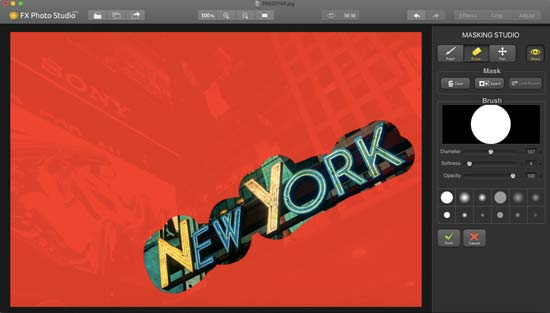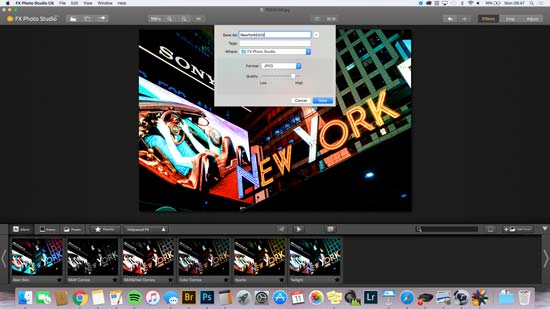

There are ways to counter this of course, but that is for another post. Getting back to those two techniques: luminosity masking basically cuts out the ideally exposed parts of those images and merges these together, but has the limitation of leaving you with a relatively flat or low contrast image. Maximum quality and flexibility for further manipulation are crucial. Modern sensors are often flexible enough to ‘push’ the darks and turn down the highs, but this often adds noise to those areas, and that is something modern HDR photography wants to avoid. These are then merged together to form a final image with a perfect (or at least better) perceived dynamic range.

The starting point for both techniques is almost always a range of bracketed images, with each bracket aiming for a correct exposure of shadows, highlights, and in-betweens. It all started with approximating what the human eye can see (the range from bright to dark) but has evolved into an art form by itself with the coming of modern digital sensors. These techniques have been created to overcome the dynamic range limitations of cameras, be it analog or digital, and said limitations of the desired output medium, be it paper or a modern computer screen.

Now if you’re not familiar with HDR photography, there are two basic techniques that are used to achieve images with a perceived high dynamic range: tone blending and luminosity masking. Recently though, they’ve started porting their apps to Windows, and this includes the latest installment of their HDR photo software called Aurora HDR 2018. A team of passionate photographers started the company back in 2008, exclusively making software like FX Photo Studio, Tonality, Intensify, Snapheal for Mac users. Macphun is a photography software developer based in California.


 0 kommentar(er)
0 kommentar(er)
